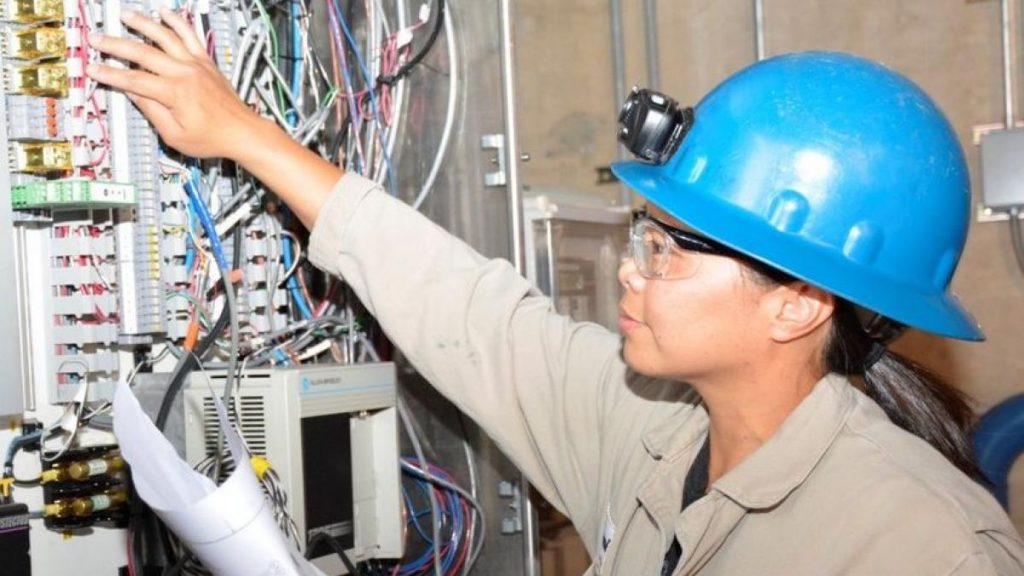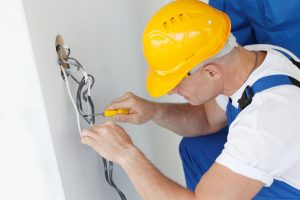Understanding GFCI Outlets and Their Importance in Metairie Homes

Electricity is an essential part of modern living, but it also comes with risks, especially in areas where water is present. Ground Fault Circuit Interrupter (GFCI) outlets are designed to enhance electrical safety in homes by preventing electrical shocks and reducing fire hazards. These specialized outlets are now required by electrical codes in certain areas of the home to protect residents from potential dangers.
For homeowners looking to improve electrical safety, consulting a Metairie Electrician can ensure that GFCI outlets are properly installed and maintained. Understanding their function and importance can help prevent accidents and ensure compliance with local electrical codes.
What Is a GFCI Outlet?
A GFCI outlet is a safety device that monitors the electrical current flowing through a circuit. If it detects an imbalance, such as current flowing through an unintended path (e.g., a person or water), it shuts off power within milliseconds. This rapid response helps prevent electrical shocks and minimizes the risk of electrocution.
Unlike standard outlets, which only provide a basic connection for appliances and devices, GFCI outlets actively protect against dangerous faults. They are identifiable by their “Test” and “Reset” buttons, typically located between the plug slots.
Where Should GFCI Outlets Be Installed?
Electrical codes require GFCI outlets in areas where moisture is present, as water increases the risk of electrical hazards. Common locations for GFCI installation include:
- Kitchens – Near sinks, countertops, and cooking areas where water and electrical appliances are used.
- Bathrooms – Required for all outlets within six feet of a sink or bathtub.
- Laundry Rooms – Protects against shocks from washing machines and other laundry appliances.
- Garages and Basements – Areas with exposed concrete floors can be prone to moisture, increasing electrical risks.
- Outdoor Areas – Essential for exterior outlets to prevent shocks from rain, sprinklers, and wet conditions.
- Swimming Pools and Hot Tubs – GFCI outlets should be used for any electrical components near water sources.
Benefits of Installing GFCI Outlets
1. Prevention of Electrical Shocks
GFCI outlets are designed to detect even the smallest leakage of electrical current, instantly shutting off power to prevent shocks. This is particularly important in wet environments, where the risk of electrocution is significantly higher.
2. Fire Hazard Reduction
Electrical faults, including short circuits and ground faults, can cause overheating and lead to fires. GFCI outlets help minimize these risks by cutting off power when irregularities are detected.
3. Code Compliance
Modern electrical codes require GFCI outlets in specific areas of the home. Upgrading to GFCI outlets ensures compliance with local safety regulations, reducing the risk of violations during home inspections.
4. Protection for Appliances and Devices
By preventing electrical surges and ground faults, GFCI outlets can extend the lifespan of household appliances, electronics, and tools. This protection helps homeowners avoid costly replacements and repairs.
5. Increased Home Value and Safety
Homes equipped with up-to-date electrical safety features, including GFCI outlets, are more attractive to buyers. Ensuring proper installation enhances overall home safety and adds long-term value.
How to Test and Reset a GFCI Outlet
To ensure continued protection, GFCI outlets should be tested regularly. Follow these simple steps to check their functionality:
- Press the “Test” Button – This should cause the outlet to shut off power to anything plugged in. If the device turns off, the outlet is working properly.
- Press the “Reset” Button – This restores power to the outlet. If it does not reset, the outlet may be faulty and require replacement.
- Repeat Monthly – Regular testing ensures the GFCI outlet remains functional and ready to provide protection.
If a GFCI outlet fails to reset or trips frequently without an apparent cause, it may indicate an underlying electrical issue. In such cases, professional inspection is recommended.
Common Issues with GFCI Outlets
1. Frequent Tripping
If a GFCI outlet trips repeatedly, it could be due to:
- A ground fault in an appliance plugged into the outlet.
- Moisture exposure causing electrical leaks.
- Overloaded circuits or faulty wiring.
2. Failure to Reset
A GFCI outlet that does not reset after being tripped may be defective or improperly wired. Replacing the outlet or having an electrician inspect the wiring can resolve the issue.
3. Power Loss in Multiple Outlets
GFCI outlets may control other outlets on the same circuit. If multiple outlets lose power, checking and resetting the nearest GFCI outlet may restore functionality.
When to Replace GFCI Outlets
While GFCI outlets are durable, they do not last forever. Signs that indicate a need for replacement include:
- Frequent and unexplained tripping.
- The inability to reset after testing.
- Physical damage or wear on the outlet.
- No longer meeting updated electrical code requirements.
If a GFCI outlet shows any of these signs, replacing it with a new unit ensures continued safety.
Professional GFCI Installation for Home Safety
Although GFCI outlets are available at hardware stores, professional installation is recommended to ensure proper wiring and functionality. A licensed electrician can:
- Assess the home’s electrical system for necessary upgrades.
- Properly install GFCI outlets in required locations.
- Troubleshoot existing outlets to identify faults.
- Ensure compliance with local electrical codes.
Conclusion
GFCI outlets are a crucial safety feature in modern homes, offering protection against electrical shocks, fires, and appliance damage. Installing them in key areas such as kitchens, bathrooms, and outdoor spaces enhances overall electrical safety and ensures compliance with current regulations.
Regular testing and timely replacement of faulty outlets help maintain effective protection. For homeowners in Metairie, consulting a professional electrician can ensure that GFCI outlets are properly installed and functioning as intended. Prioritizing electrical safety safeguards both residents and property, making homes a safer place to live.







